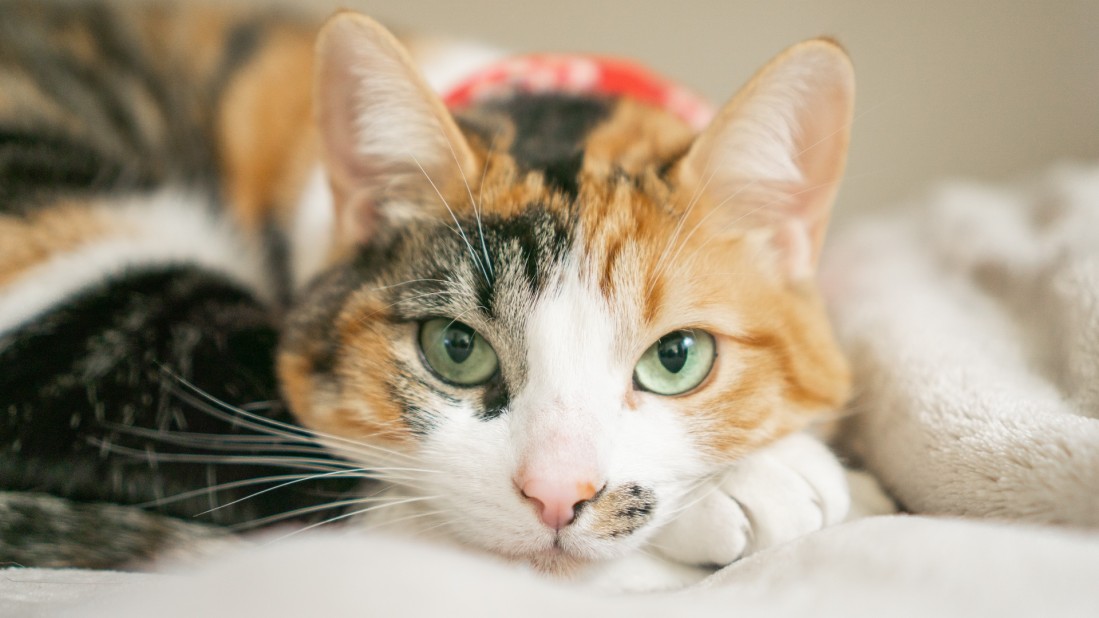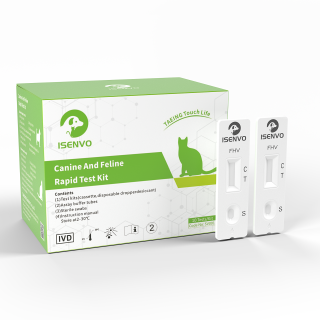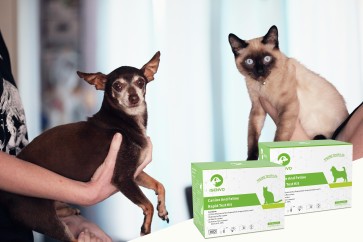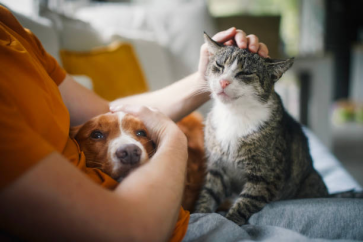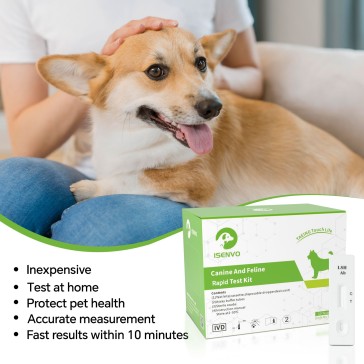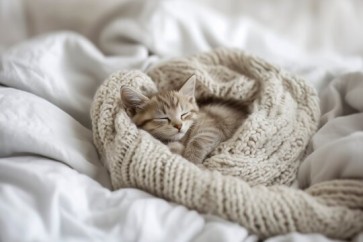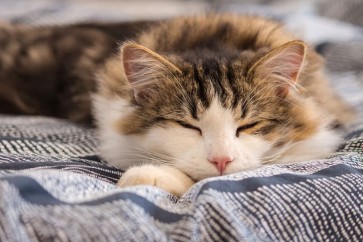Respiratory infections are among the most common health issues in cats, especially in environments where they live in close quarters—such as shelters, breeding catteries, and multi-cat homes. One of the main culprits behind these infections is Feline Herpesvirus Type-1 (FHV-1).
Though widespread, FHV-1 can be managed with the right knowledge, timely detection, and good preventive care. Let’s explore what this virus is, how it affects cats, and how early identification can make all the difference.
What Is Feline Herpesvirus Type-1?
FHV-1 is a contagious virus that causes feline viral rhinotracheitis (FVR)—a major upper respiratory disease in cats. The virus is part of the herpesvirus family and once a cat is infected, it often remains in the body for life. Periodic flare-ups can occur, especially during times of stress or illness.
How Is It Spread?
The virus is mainly transmitted through:
Direct contact with infected cats
Sharing food bowls, bedding, or litter boxes
Sneezing, grooming, and close facial interaction
Even a seemingly healthy cat can shed the virus intermittently, making it difficult to control in group environments.
Symptoms of FHV-1
The signs of infection can vary, but common symptoms include:
Sneezing and nasal discharge
Red or swollen eyes (conjunctivitis)
Eye ulcers or cloudiness
Fever and decreased appetite
Lethargy
Recurring respiratory symptoms
These symptoms often resemble other feline illnesses, making accurate diagnosis essential.
Why Early Detection Is Important
Catching an FHV-1 infection early allows for better outcomes. It enables:
Prompt supportive care to relieve symptoms
Reduced spread to other cats in the same environment
Health monitoring of chronic carriers
Improved quality of life with fewer complications
In multi-cat homes or facilities, quickly identifying infected individuals is key to preventing outbreaks.
The Role of Rapid Antigen Testing
Modern veterinary care increasingly includes rapid diagnostic tools that allow for fast and accurate identification of infectious diseases. For FHV-1, certain tests can detect viral antigens in eye or nasal secretions in just a few minutes.
These simple tests are based on immunochromatographic technology—the same kind used in many human at-home health kits. When a small sample is collected and mixed with a buffer, a visible line will appear if the virus is present.
Such tests are particularly useful in:
Veterinary clinics during routine exams
Animal shelters screening new arrivals
Catteries and breeders checking breeding stock
Multi-cat households managing illness
Because results are available within minutes, decisions about treatment and isolation can be made on the spot—no lab delays necessary.
How to Prevent FHV-1 Outbreaks
While testing is a vital step, it's only part of a broader preventive approach. Here’s what cat owners and caregivers can do:
✅ Vaccination
Vaccination doesn’t completely prevent FHV-1, but it can reduce the severity and frequency of flare-ups.
✅ Reduce Stress
Minimize changes in the environment, offer safe spaces, and avoid overcrowding—stress can trigger viral reactivation.
✅ Maintain Good Hygiene
Clean litter boxes, food dishes, and bedding regularly. Isolate sick cats when needed.
✅ Monitor Symptoms
Keep an eye on any signs of eye discharge, sneezing, or appetite changes. If they appear, testing may be warranted.
Conclusion
Feline Herpesvirus is a lifelong condition for many cats, but with informed care and early detection, it doesn’t have to compromise their health or happiness. By staying alert to symptoms and using today’s available tools—including fast, point-of-care tests—owners and veterinarians can work together to manage the virus effectively.
After all, the sooner you know, the better you can care.

